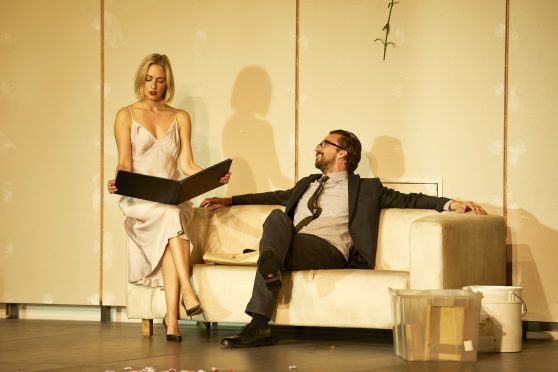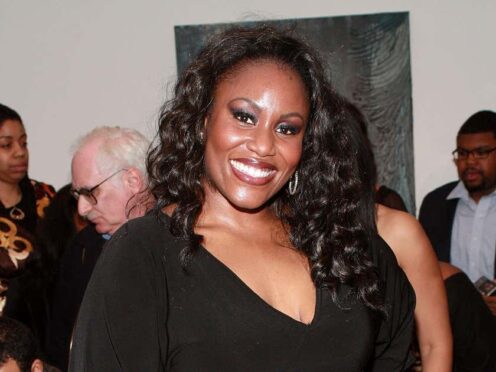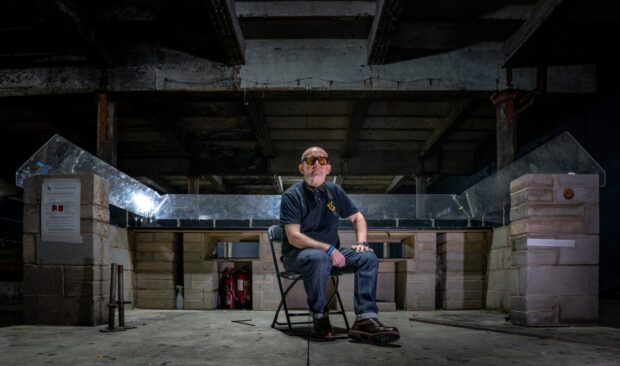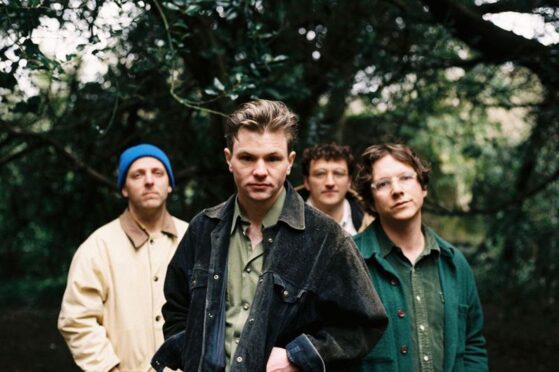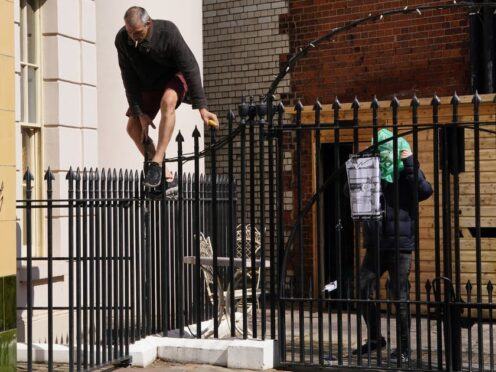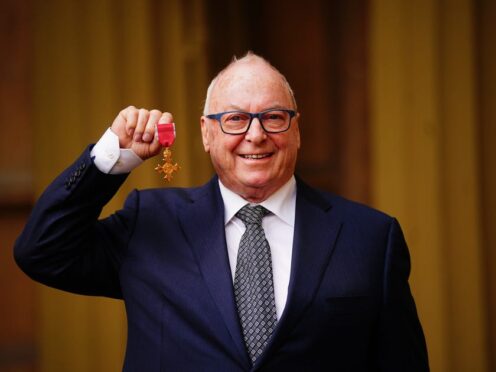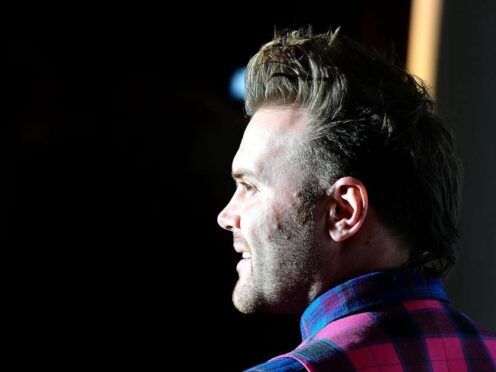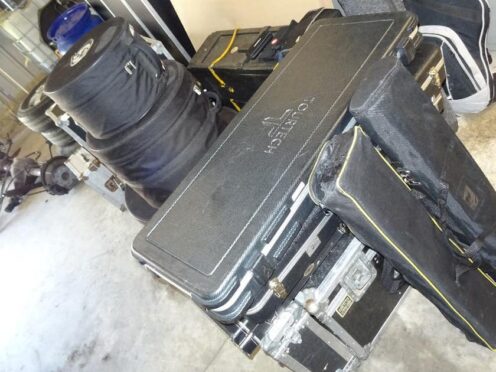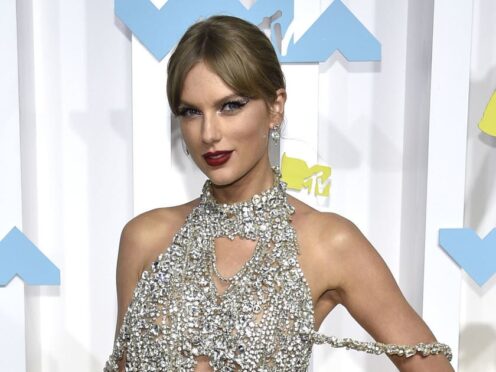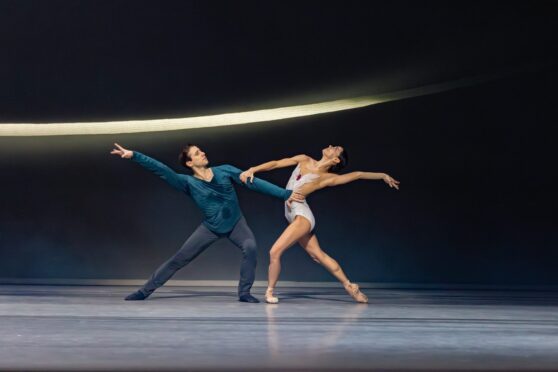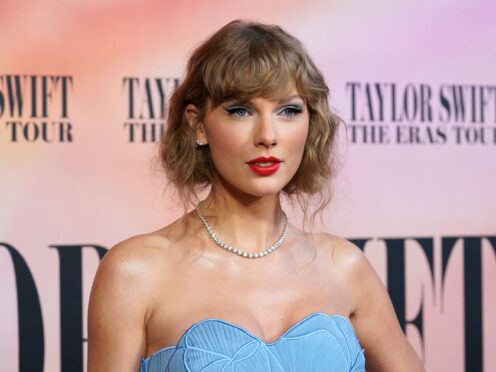It is the mesmerizing tale of a newly wed couple – gone wrong.
With theatre credits to her name including Strife at Chichester Festival Theatre, The Angry Brigade and Artefacts at The Bush, A Midsummer Night’s Dream at The Globe, Blink for Nabokov and Wasted for Paines Plough, Lizzy Watts is more than at home on the stage. Her latest role, Hedda Gabler, will find her on the stage at HMT in Aberdeen next week.
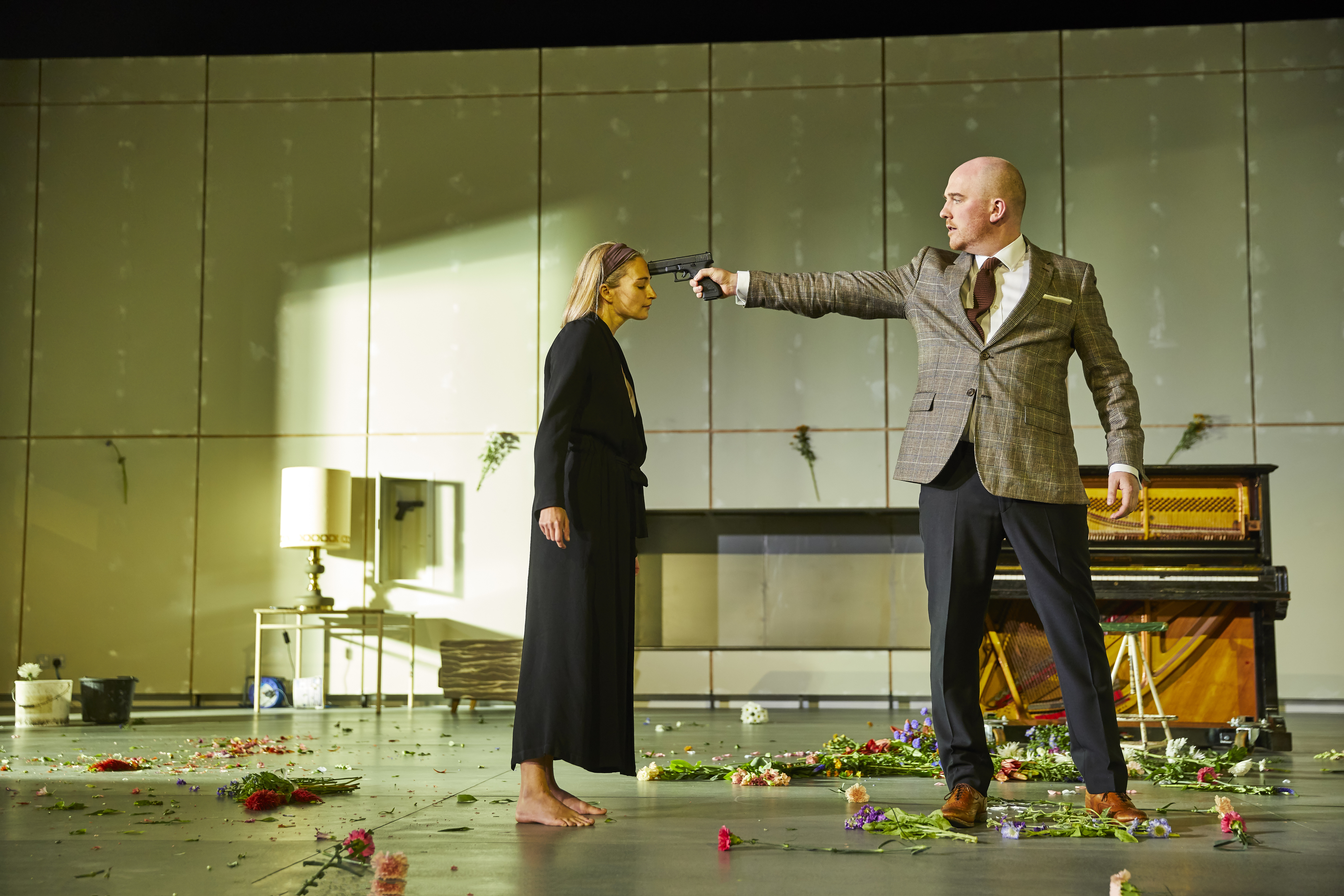
This new version of Ibsen’s masterpiece by Olivier and Tony Award winning playwright Patrick Marber is directed by Ivo van Hove, one of the world’s most exciting directors, who made his National Theatre debut with Hedda Gabler which opened in December 2016.
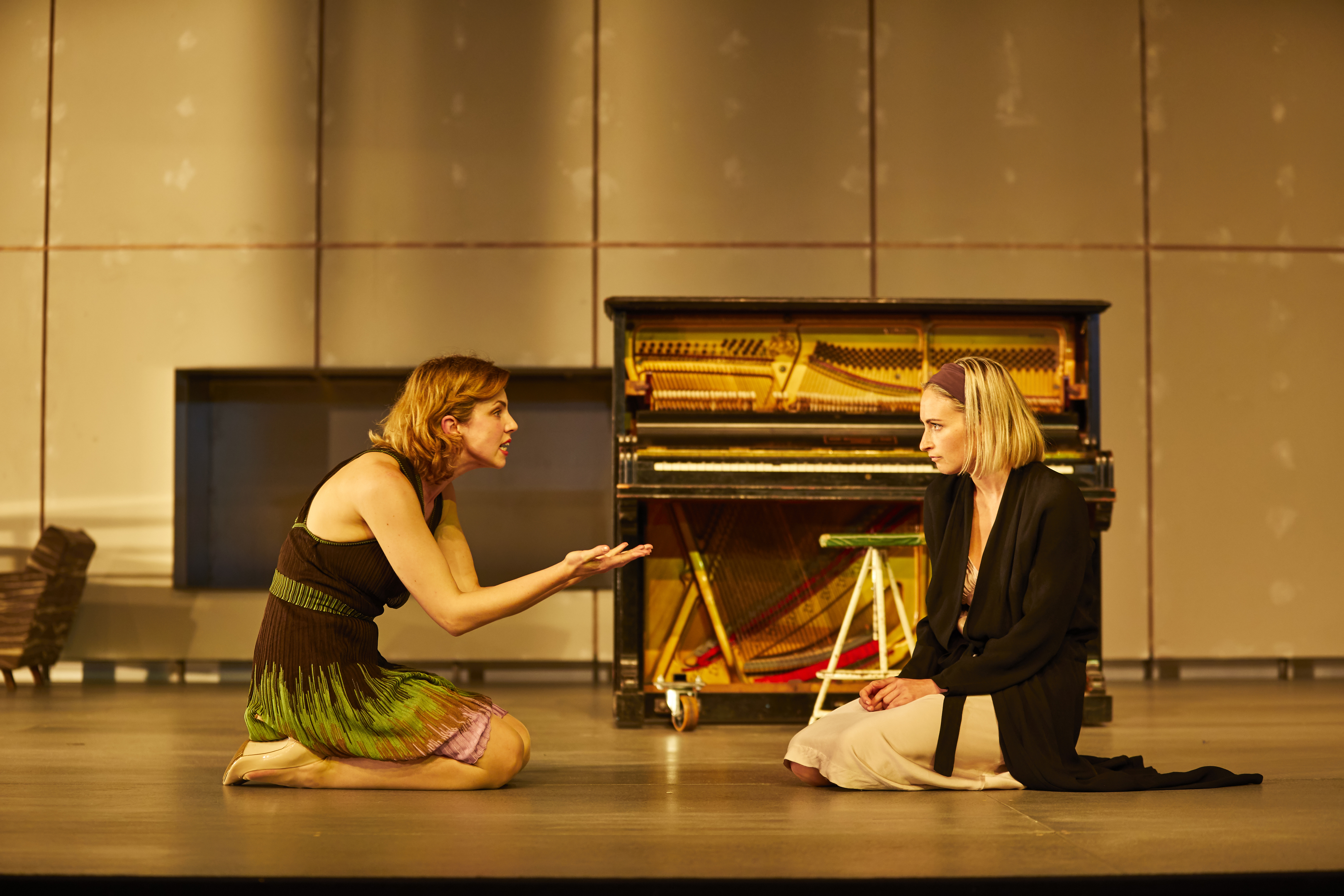
Patrick Marber said: “It has been a huge honour to work with the great Ivo van Hove on this version of Hedda Gabler at the National Theatre. I am thrilled that this tour will enable more people to see his incredible production.”
From Tuesday, audiences will be able to watch Hedda and Tesman as their relationship starts to unfurl, even though they have only just returned from their honeymoon. Trapped but determined, Hedda tries to control and manipulate those around her, only to see her own world unravel.
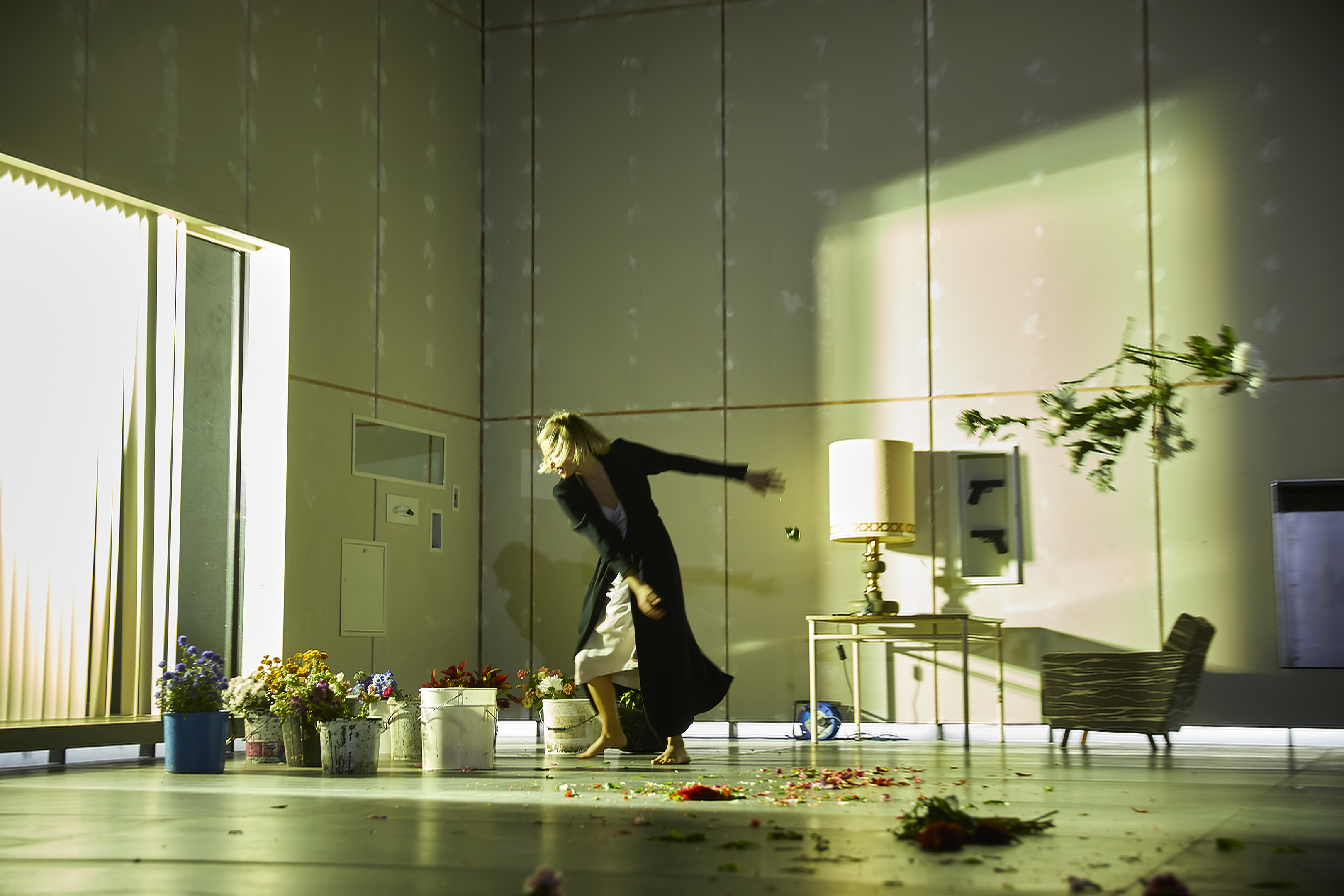
Kate Moore, a producer at National Theatre Live and Broadcast discussed Hedda Gabler with director Ivo van Hove.
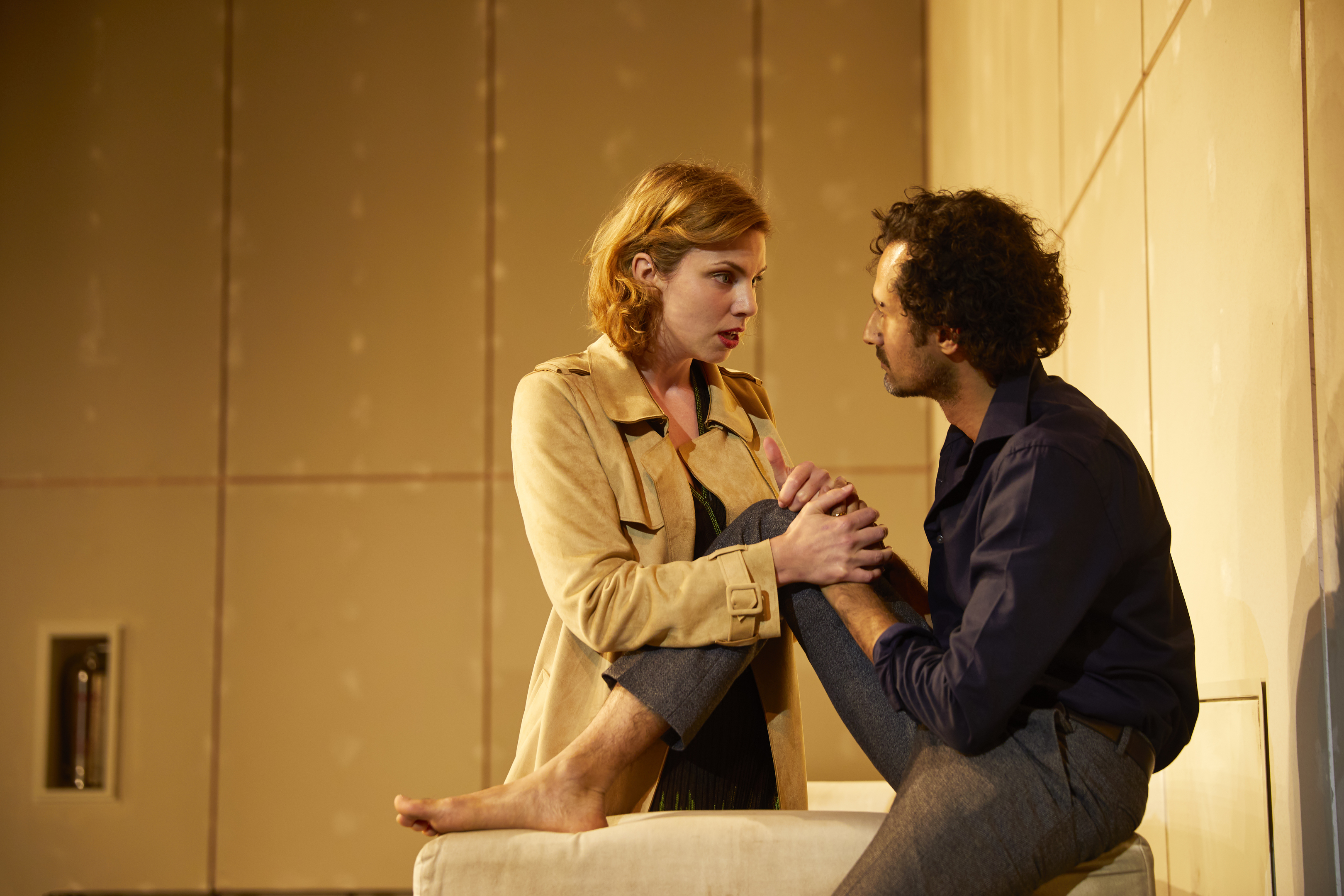
About the show, Ivo said to Kate: “There are a few masterpieces in the world of the theatre and I think this is really Ibsen’s masterpiece. But more than that, it’s also a very personal play. It was written when Ibsen was quite old, ten years after A Doll’s House, and you feel that there is a real urgency for him to write this. And it’s very awkward because this character of Hedda is not so sympathetic, actually. She’s not someone that you can empathise with immediately. I believe it’s actually a portrait of himself. He had an urgency to tell a story about somebody who feels totally isolated from relationships, from the world.
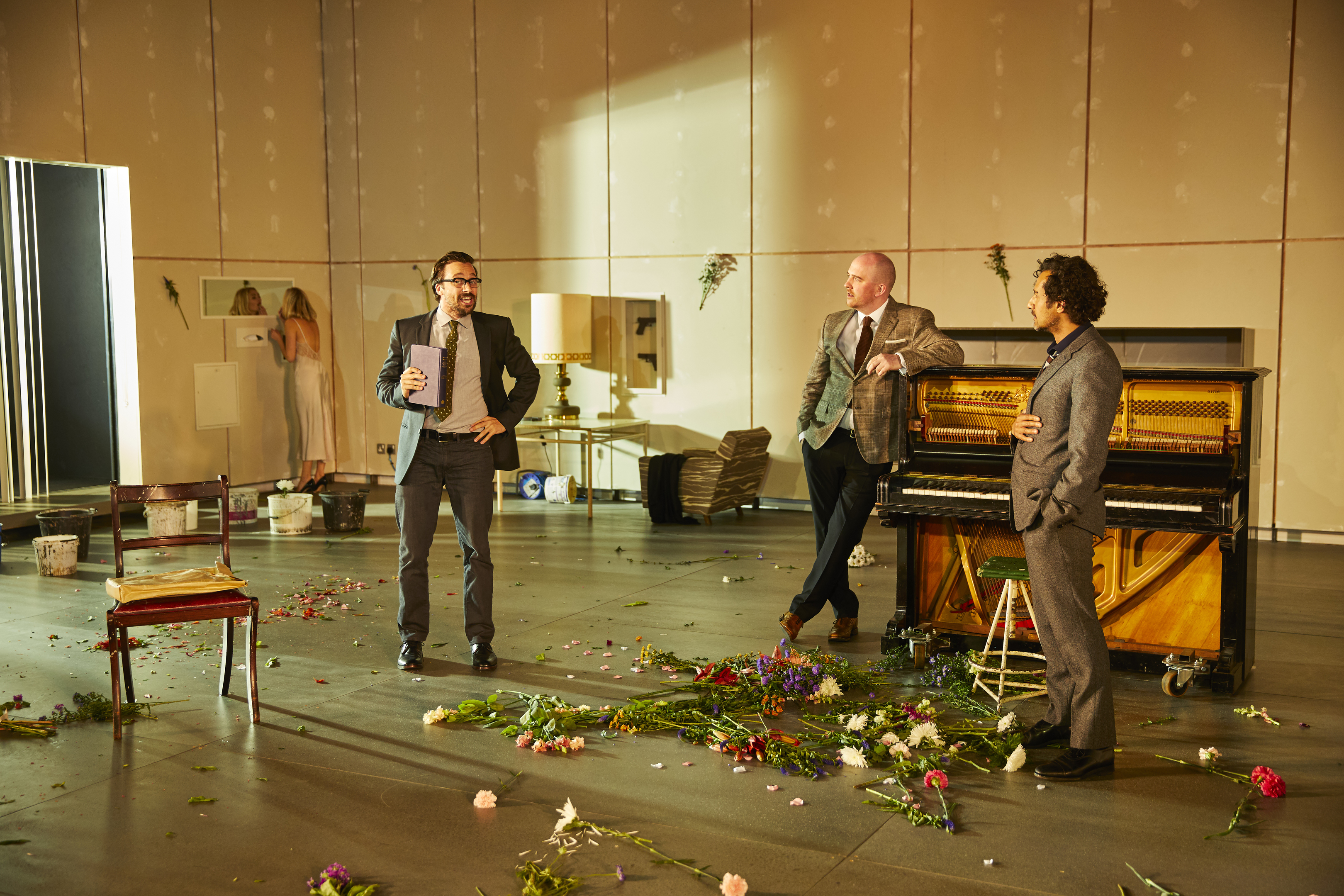 “I read Hedda Gabler now, more than a hundred years after it was written. We live in the twenty-first century, not in the nineteenth-century, so for me it doesn’t make sense really to make a play a historical play, a museum piece about the past. I feel always as a theatre director an obligation to talk about people, humans, themes that matter today, not things that mattered in the past. With Hedda Gabler, I don’t think that Ibsen really dealt with an important theme but more with a condition of human beings and a condition of a society. So I began by writing a little note, some thoughts written down about the play. I put a title above it: Sign of the Times. And that’s what I feel, that Hedda Gabler today is about giving audiences a sign of our times, of the emotional emptiness that we have to deal with; of not really being able to make a change, even when we want it, even when we have every possibility to do exactly that. Sometimes there is an inhibition in ourselves and we don’t know why.
“I read Hedda Gabler now, more than a hundred years after it was written. We live in the twenty-first century, not in the nineteenth-century, so for me it doesn’t make sense really to make a play a historical play, a museum piece about the past. I feel always as a theatre director an obligation to talk about people, humans, themes that matter today, not things that mattered in the past. With Hedda Gabler, I don’t think that Ibsen really dealt with an important theme but more with a condition of human beings and a condition of a society. So I began by writing a little note, some thoughts written down about the play. I put a title above it: Sign of the Times. And that’s what I feel, that Hedda Gabler today is about giving audiences a sign of our times, of the emotional emptiness that we have to deal with; of not really being able to make a change, even when we want it, even when we have every possibility to do exactly that. Sometimes there is an inhibition in ourselves and we don’t know why.
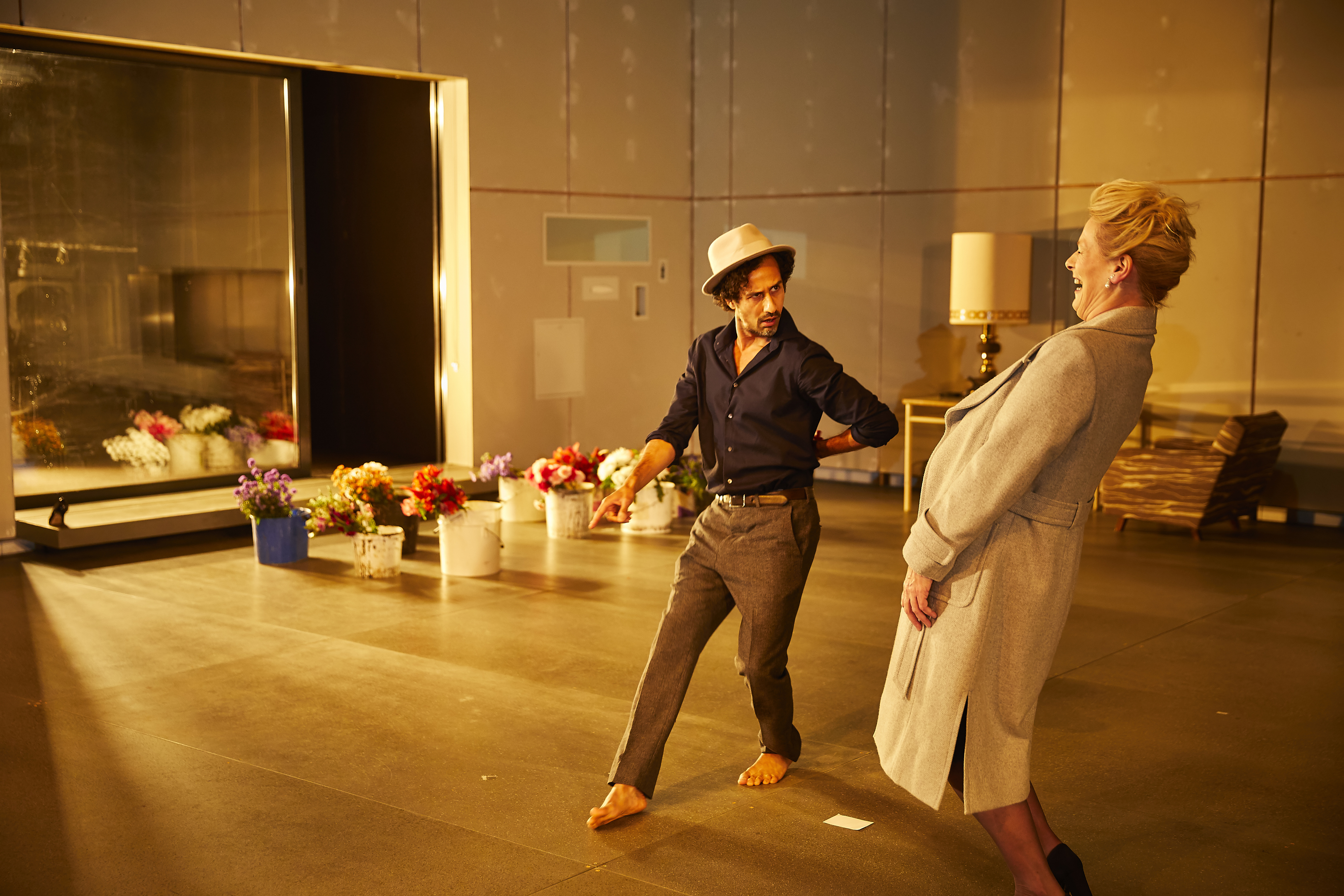 “The last thing that really interested me in the play, and which is the main thing that I discovered during my preparation and research; it’s not so much a play about middle-class society in the nineteenth century, but really a suicide play. I think the suicide, the self-destruction, the ultimate self-destruction is deep inside Hedda long before the play started. So, it’s not because of this marriage with Tesman that she commits this horrible or inescapable deed. It’s really deep inside her, this urge to destroy, and when there is nothing to destroy any more, to destroy oneself.”
“The last thing that really interested me in the play, and which is the main thing that I discovered during my preparation and research; it’s not so much a play about middle-class society in the nineteenth century, but really a suicide play. I think the suicide, the self-destruction, the ultimate self-destruction is deep inside Hedda long before the play started. So, it’s not because of this marriage with Tesman that she commits this horrible or inescapable deed. It’s really deep inside her, this urge to destroy, and when there is nothing to destroy any more, to destroy oneself.”
Hedda Gabler is at HMT in Aberdeen from November 21 to 25. See http://www.aberdeenperformingarts.com/events/hedda-gabler
